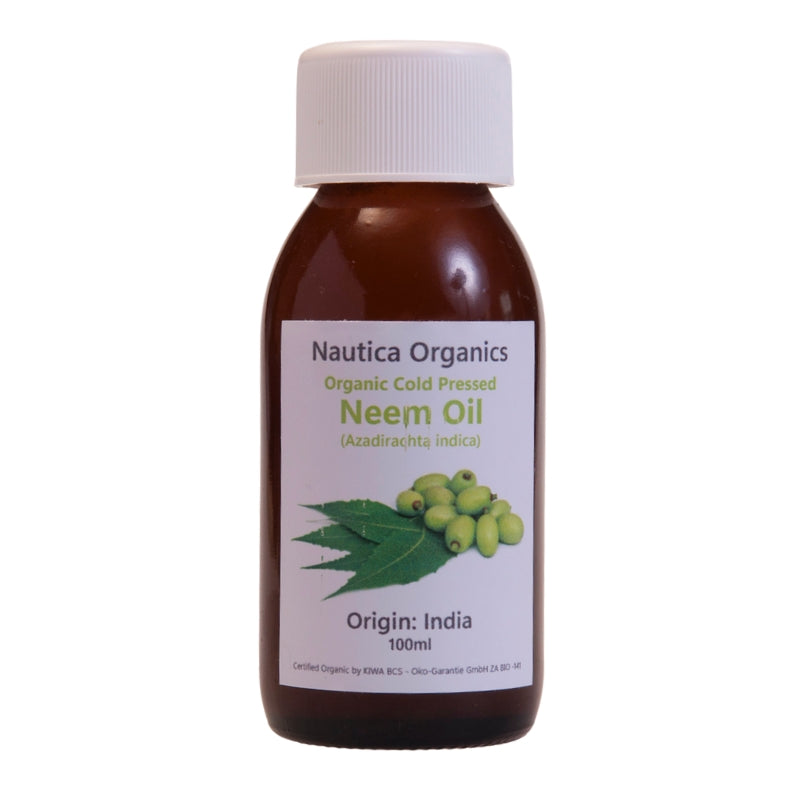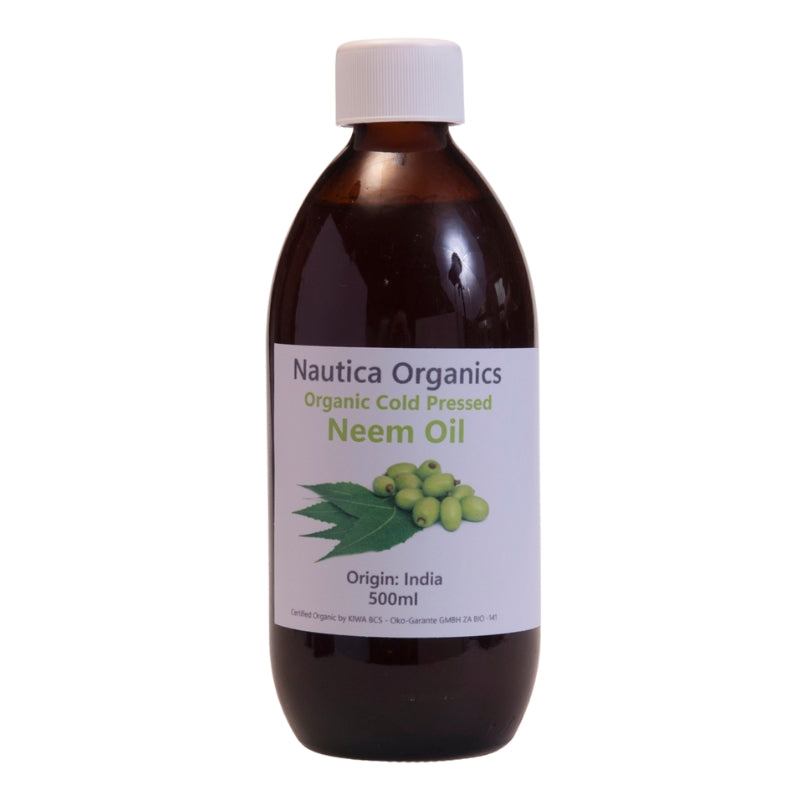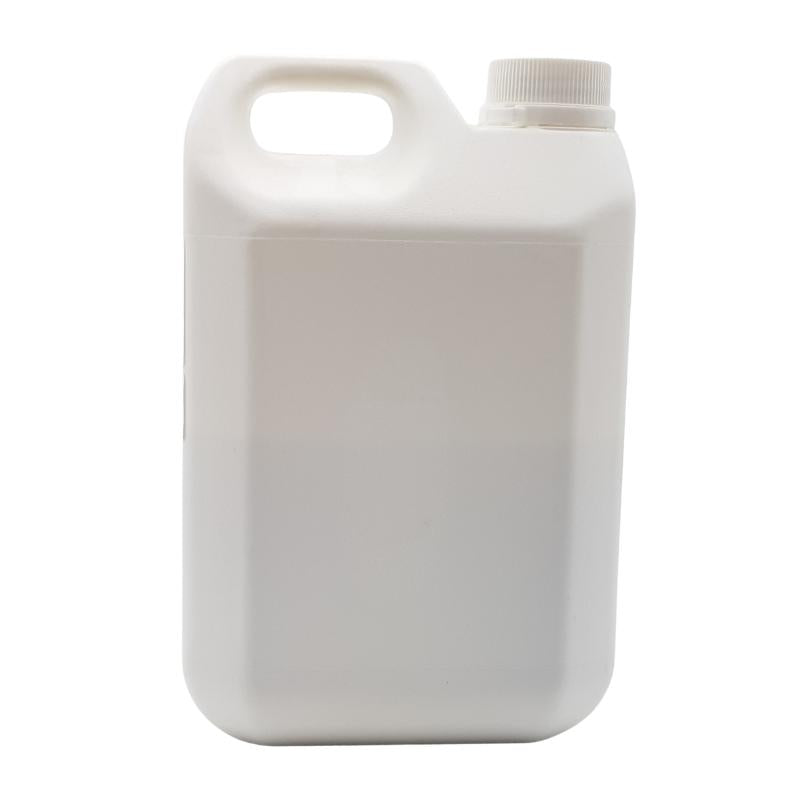
Hell, Otherwise Known as a Hot-Spot (on Dogs)
Juliette van der MeerWhat Is A Hot Spot on Dogs?
An infection arising from your dog's own naturally-occurring bacteria, hot spots at their worst are very painful, bloody and raw and oozing pus. But the side-effects of typically prescribed steroidal treatment is a horrific trade-off. For wanting to find a 'quick-fix' for one problem we can end up creating many more serious ones.
Why Is It Called A Hot Spot?
Called hot spots because of the heat they give off, they are red, inflamed and angry-looking in nature: typically hairless, they’re painful and extremely itchy. Normally their symptoms are a dead giveaway, but they can also appear quite suddenly (and develop rapidly!) and catch you on the hop.
- Your dog’s licking and scratching is due to extreme pain and discomfort.
The earlier you can treat the hot spots the better. Because any licking and scratching greatly exacerbates the problem you will also find it much, much easier to get under control if you can catch it early. Chronic scratching and licking of the area is a loud cry for help!



























